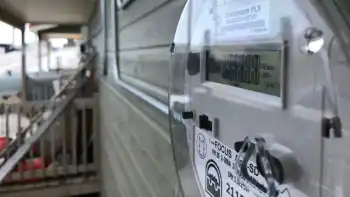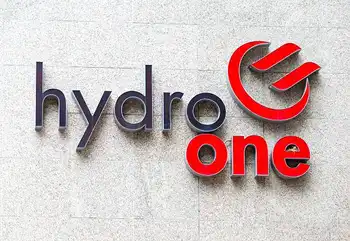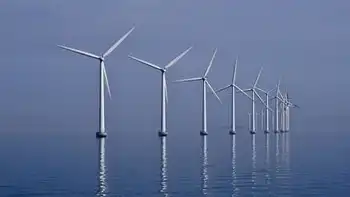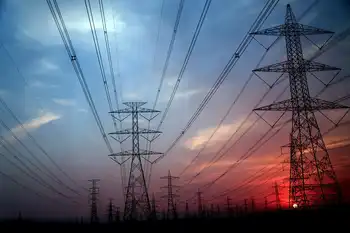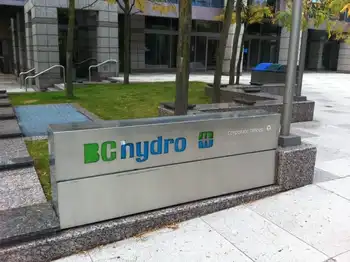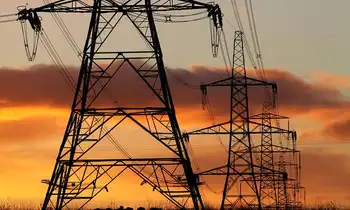EU plan to curb CO2 would favour solar
By Reuters
CSA Z462 Arc Flash Training - Electrical Safety Essentials
Our customized live online or in‑person group training can be delivered to your staff at your location.

- Live Online
- 6 hours Instructor-led
- Group Training Available
The plan is partly intended to show that the European Union is taking the additional steps needed to meet ambitious goals to cut greenhouse gases before a summit meeting in Copenhagen in December on reaching a new global agreement to curb climate change.
But the plan also signals the need for a reordering of the blocÂ’s industrial priorities by requiring governments to spend significantly greater sums of money on clean energy even as the world emerges from a deep financial crisis.
“Markets and energy companies acting on their own are unlikely to be able to deliver the needed technological breakthroughs within a sufficiently short time span to meet the EU’s energy and climate policy goals,” the commission said in a draft of the plan obtained by the International Herald Tribune.
Introducing low-carbon technologies also “represents a major challenge in the context of the financial crisis, where risk-aversion is higher and investment in new, riskier technologies is not high in investors’ priorities,” the draft said.
European Union commissioners are expected to seek agreement on the final sums to be allocated to low-carbon power industries at a meeting. The recommendation is from the European Commission, the EUÂ’s executive arm.
The plan is at an early stage of development, mostly because governments still would need to agree to finance it. The bloc, with 27 member countries, already operates a costly cap and trade system to regulate greenhouse gases, and some countries also tax carbon dioxide emissions associated with heating homes and running cars.
Under the plan, the solar sector would receive the largest amount, €16 billion, or $23.5 billion, over the next decade.
By allocating the second-highest sum, €13 billion, to carbon capture and storage of greenhouse gas emissions, the commission said it was aiming to make the technology commercially feasible in all power plants that go into operation after 2020.
Another winner under the draft plan would be a “Smart Cities” initiative focused on enhancing urban efficiency. The draft foresees €11 billion to develop a new generation of buildings and transport systems. The draft plan also would allocate €9 billion for bioenergy industries that produce electricity or fuels from plants or organic waste materials.
The commission said directing €7 billion to developing nuclear fission would aim to improve reactors’ safety, produce less radioactive waste, minimize proliferation and extend the range of what nuclear plants do.
Christian Kjaer, the chief executive of the European Wind Energy Association, said the proposed financing for wind represented “unbeatable value for money” because the technology already is commercially available and could deliver reliable electricity and reductions in greenhouse gases.
But Mr. Kjaer questioned the decision to give nuclear power and carbon-capture technologies significantly more than wind, which would receive €6 billion.
Proponents of carbon capture projects said its relatively large slice of the funds was necessary for Europe to meet its targets and remain competitive.
Burning coal and gas still represents about 40 percent of the bloc’s energy supply and “other nations have not stood still and are now neck-in-neck, or even ahead, when it comes to putting in place the regulatory, financial and legal clarity” for carbon capture, said Eric Drosin, the director of communications for the Zero Emissions Platform. That technology group represents companies including Royal Dutch Shell and Vattenfall and environmental groups like WWF.
Mr. Drosin said the United States, Australia and Canada were already providing several billions of dollars in financing and tax breaks for emission capture projects.
The commission said the plan meant that investment had to increase from a €3 billion annually to about €8 billion annually to develop the technologies. The commission said this represented additional investment from public and private sources of €50 billion over the next 10 years.





